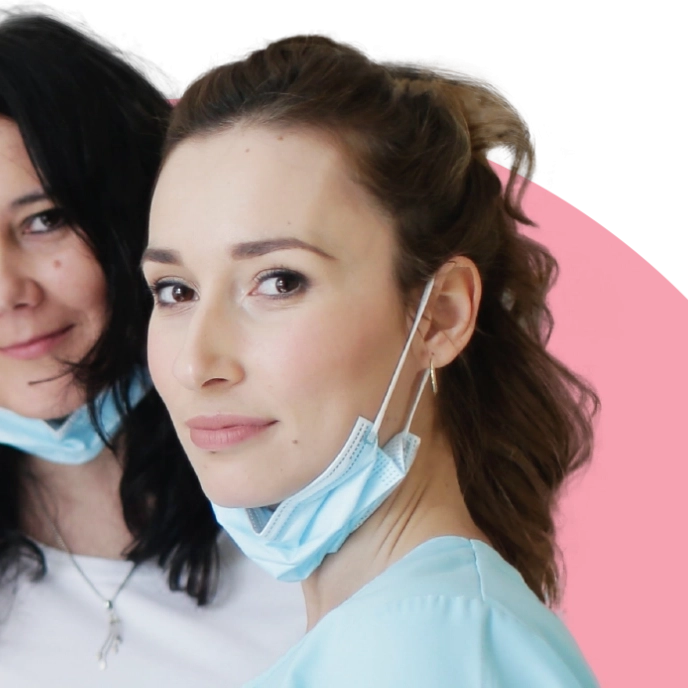Dog Nail Care 101: How Often to Clip Dog Nails
Regular nail care is an essential part of your dog’s grooming routine. Understanding how often to clip dog nails and why it’s necessary not only keeps your pup comfortable but also helps maintain their overall health. In this comprehensive guide, we’ll delve into the importance of dog nail trimming, signs that your dog’s nails need attention, and practical tips for how to get it done.
Why Is Clipping Dog Nails Important?
Dog nails that are too long can cause various issues for your furry friend. Here’s why regular nail trimming is essential:
1. Improves Comfort and Mobility
Long nails can affect your dog’s posture and gait. Over time, this can lead to discomfort, difficulty walking, or even joint problems.
2. Prevents Pain and Injuries
Nails that grow excessively long can curl under and pierce the paw pads, leading to painful injuries. They’re also more likely to snag on surfaces and break, which can cause bleeding or infections.
3. Maintains Healthy Paws
Frequent trimming minimizes the risk of splitting or cracking, ensuring your dog’s paws stay healthy.
How Often to Clip Dog Nails: Key Considerations
The frequency of nail trims depends on your dog’s breed, lifestyle, and activity level. Dogs that regularly walk on hard surfaces may naturally wear down their nails and require less frequent trimming.
| Dog Type | Suggested Frequency |
| Small breeds (indoor dogs) | Every 3-4 weeks |
| Large breeds (active dogs) | Every 4-6 weeks |
| Puppies | Every 2-3 weeks |
Signs It’s Time to Trim Your Dog’s Nails
Not sure if your dog’s nails are too long? Look for these signs:
- Clicking sound on hard floors: If you hear clicking when your dog walks, it’s a sign their nails are too long.
- Changes in posture or movement: Your dog may start limping or walking oddly to avoid discomfort.
- Visible curling or overgrowth: Nails that curve toward the paw or extend beyond the pads need immediate attention.
How Often to Trim Dog Nails and How to Do It
If you’re wondering how often to clip dog nails, here’s a general guideline:
- Active dogs that wear down their nails naturally: Trim every 4-6 weeks.
- Less active dogs or indoor pets: Check nails every 3-4 weeks.
- Puppies: Begin regular trims every 2-3 weeks to familiarize them with the process.
Step-by-Step Guide to Nail Clipping
Follow these steps to trim your dog’s nails safely:
- Prepare the Tools
Use a high-quality dog nail clipper or grinder and have styptic powder ready in case of accidental bleeding. - Choose the Right Time
Trim nails when your dog is calm and relaxed. Treats or gentle petting can help ease their anxiety. - Inspect the Nails
Look for the quick—a pinkish area inside the nail that contains nerves and blood vessels. Avoid cutting too close to the quick. - Trim Gradually
Clip in small sections and stop if you see a white, spongy center. This indicates you’re nearing the quick. - Reward Your Dog
End each session with praise, playtime, or a treat to make the experience positive.
How Often Should You Trim Dog Nails?
The question how often should you trim dog nails depends on factors like age, breed, and activity level. Here’s a breakdown:
| Frequency of Nail Trimming | Activity Level | Key Indicators |
| Every 3-4 weeks | Low (indoor dogs) | Clicking sounds, overgrowth |
| Every 4-6 weeks | Moderate/High | Occasional check recommended |
| Every 2-3 weeks (puppies) | Varies | Prevent quick overgrowth early |
How PURRFECT GROOMING Can Help
If you’re unsure how often to clip dog nails or feel nervous about doing it yourself, let the professionals handle it! At PURRFECT GROOMING, our experienced team ensures your dog’s nails are trimmed safely and comfortably. We provide mobile grooming services throughout South Florida, bringing expert care right to your doorstep.
You May Also Like : How To Trim Cat Nails
Conclusion
Regular nail care is essential to keep your dog happy and healthy. By understanding how often to clip dog nails, you can avoid discomfort, injuries, and potential health issues. Whether you choose to trim nails yourself or rely on professional groomers like PURRFECT GROOMING, staying consistent is the key to success.
Ready to pamper your pet? Contact PURRFECT GROOMING today for all your grooming needs!
FAQs
1. How Often Should I Cut My Dog’s Nails?
You should trim your dog’s nails every 3-6 weeks, depending on their activity level and how quickly the nails grow.
2. How Often to Cut Dog Nails for Puppies?
Puppies need their nails trimmed every 2-3 weeks to prevent overgrowth and train them to tolerate the process.
3. What Happens If I Don’t Trim My Dog’s Nails?
Overgrown nails can lead to discomfort, pain, posture problems, and a higher risk of injuries or infections.
4. Can I use a regular human nail clipper for my dog’s nails?
It is not recommended. Dog nail clippers are designed to handle the thickness of a dog’s nails without causing injury.
5. Can overgrown nails lead to more severe health issues for my dog?
Yes, overgrown nails can lead to deformities, lameness, and joint issues if left untreated.

